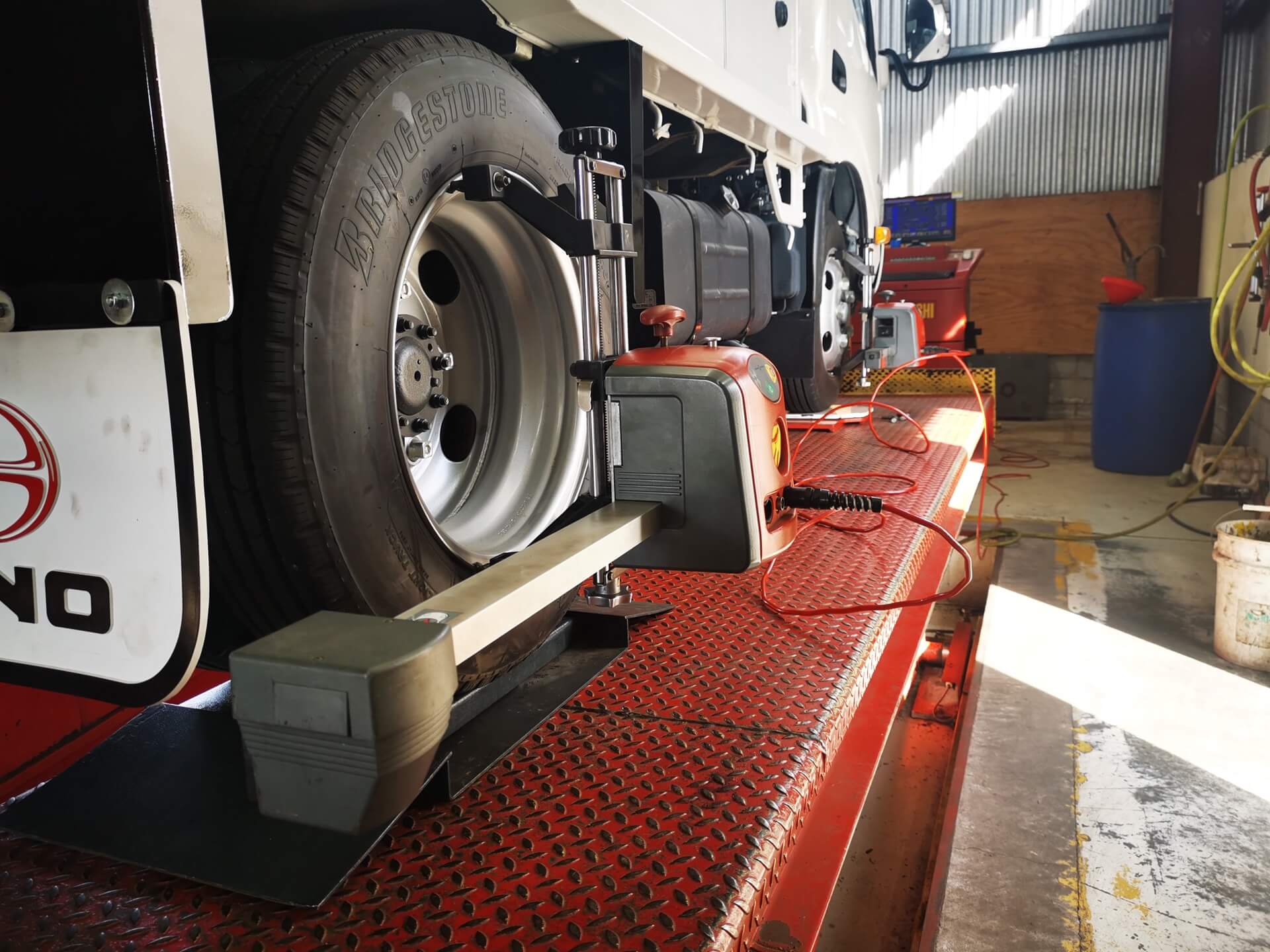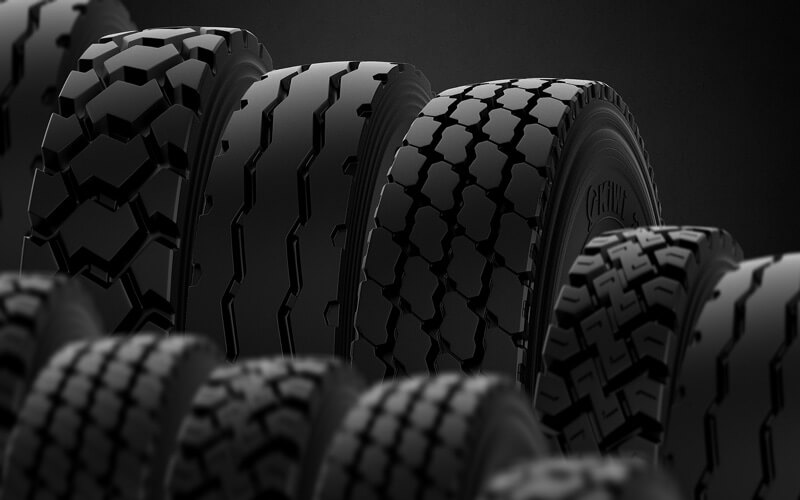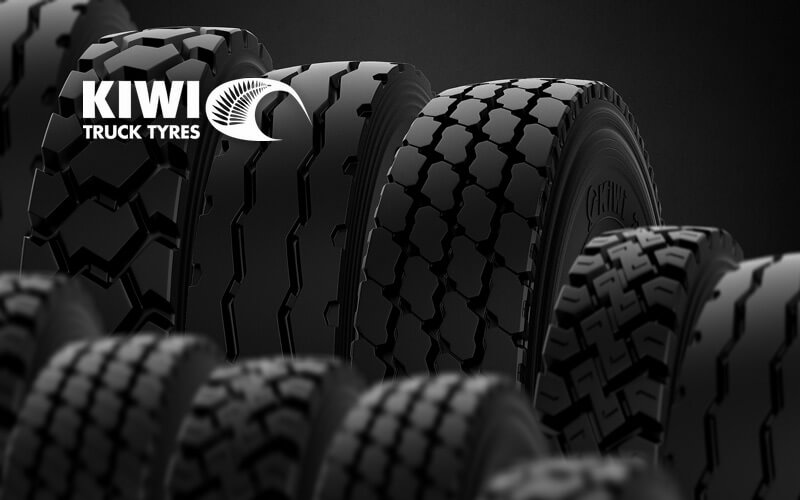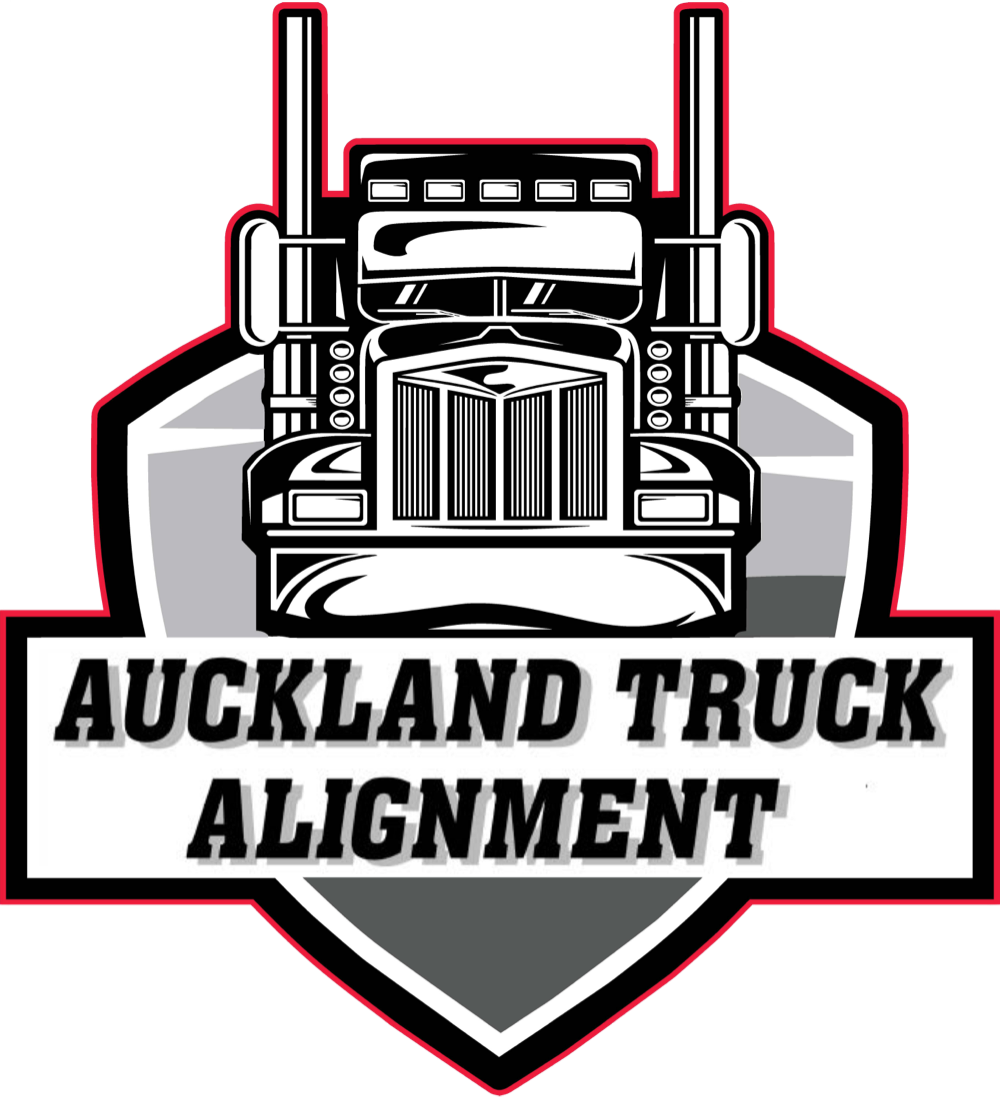
Auckland Truck Alignment
Our Services
We know a thing or two about trucks.. Don’t settle for second best, give us a call.
We can balance tyres on and off vehicles, we provide an induction heating service to correct trailer axles and diff housings.

Front Axle Wheel Alignment
Front axle wheel alignment consists of three main angles, camber, castor and toe. On most vehicles these are all adjustable. Some manufacturers limit adjustment to castor and toe or toe only, but after market camber and castor kits are available for most vehicles. In the case of a fixed I Beam axle, camber may be adjusted by axle camber correction, but should only be performed by members of the New Zealand Heavy Transport Wheel Aligners Association working under the NZ/AUS Standards AS/NZS 4737:2002 Castor can be adjusted with tapered castor wedges. Other steering angles that are measured are steering axis inclination (SAI) or (KPI) on I Beam axles, toe out on turns, set back and scrub radius angles.
Get in touch
Rear Axle Wheel Alignment
Rear axle wheel alignment is just as important as the front axle. If the drive axle or axles are not aligned correctly and are driving the vehicle to one side or the other driver has to steer to compensate putting undue stress on the steer axle tyres causing increased tyre wear, excess fuel consumption and driver fatigue.
Get in touch
Trailer Axle Alignment
Trailer axle tracking if incorrect causes the same problems as rear or drive axle alignment, with the same outcome in increased steer axle tyre wear, excess fuel consumption and driver fatigue.

New Tyres, Fitting and Balancing
We have teamed up with Kiwi Truck Tyres to provide truck and trailer tyre sales and fitting. We also sell light vehicle tyres from other suppliers, fit and align these as well.
Get in touch to find out more
Pre Alignment Checks
Before commencing wheel alignment on any vehicle it is very importatnt that all steering ball joints, king pins, wheel bearings, upper and lower suspension joints, spring eye pins and bushes, steering box operation, torque rod, panhard rod bushes and tyre pressures are checked and in good condition.
Auckland Truck Alignment
We’ve teamed up with Kiwi Truck Tyres to provide you with great quality tyres designed and engineered in NZ, for NZ.
Get in touch to find out more
